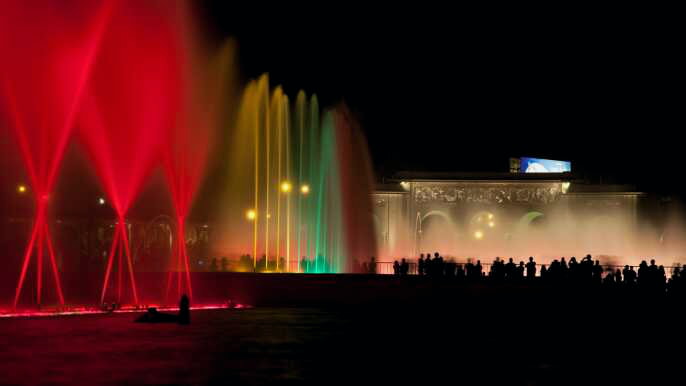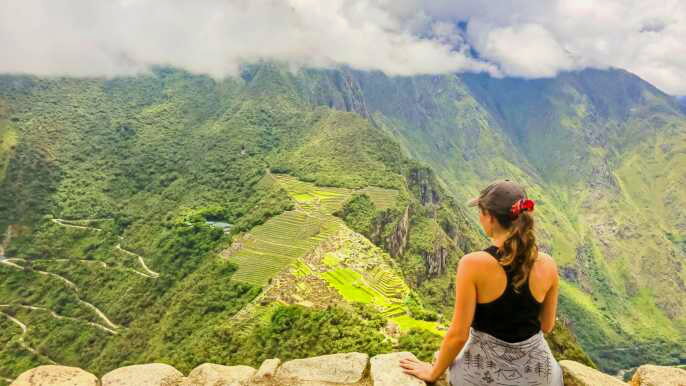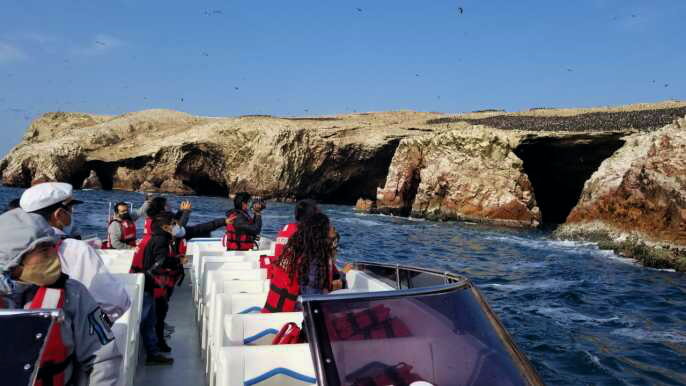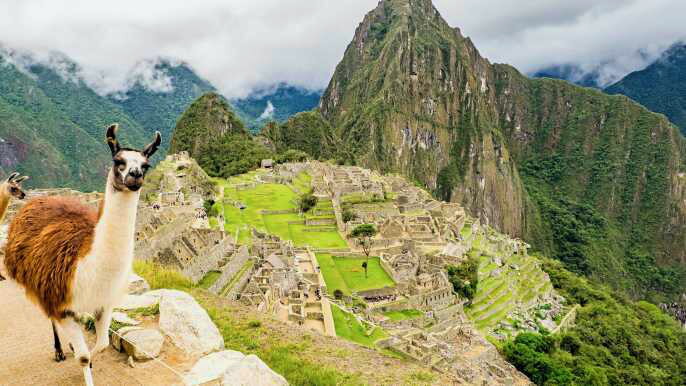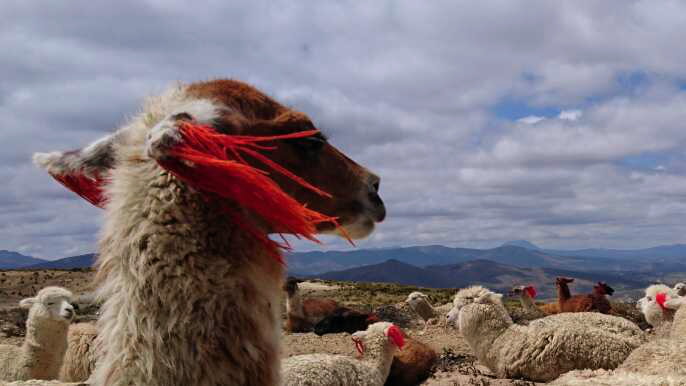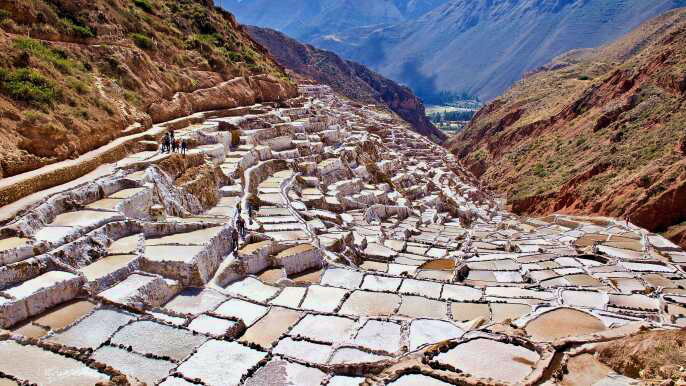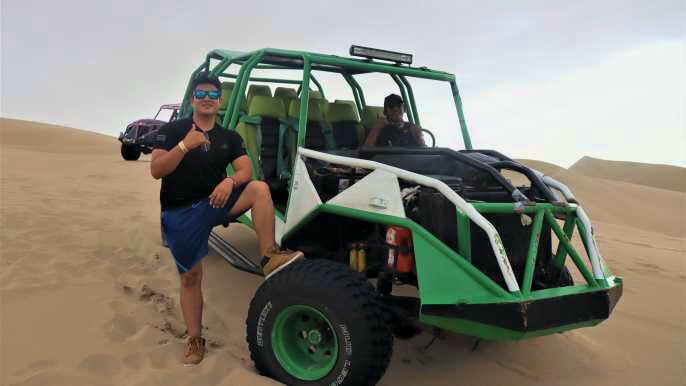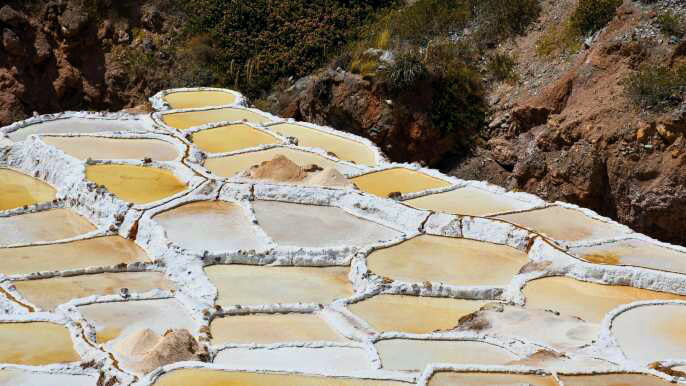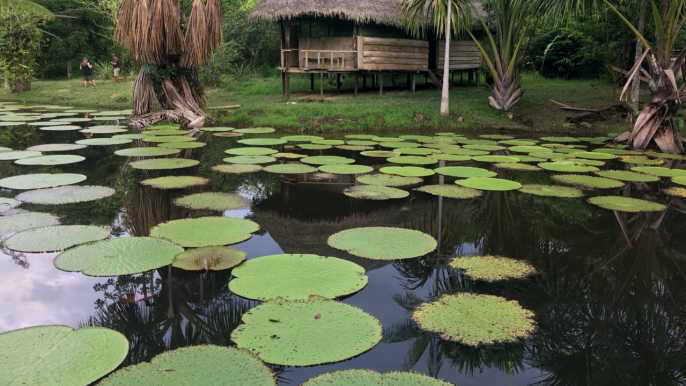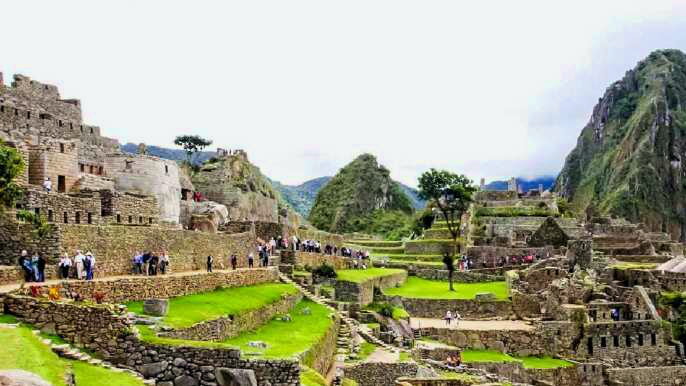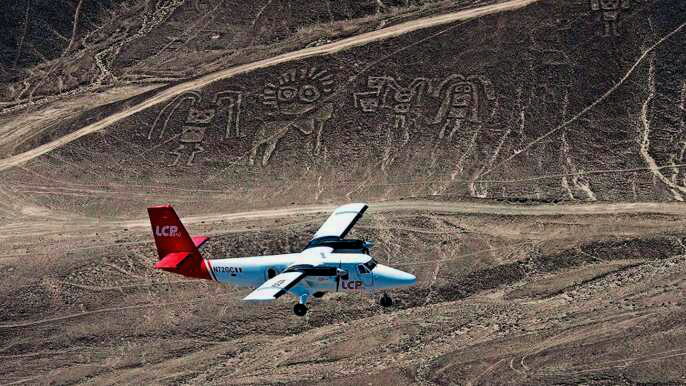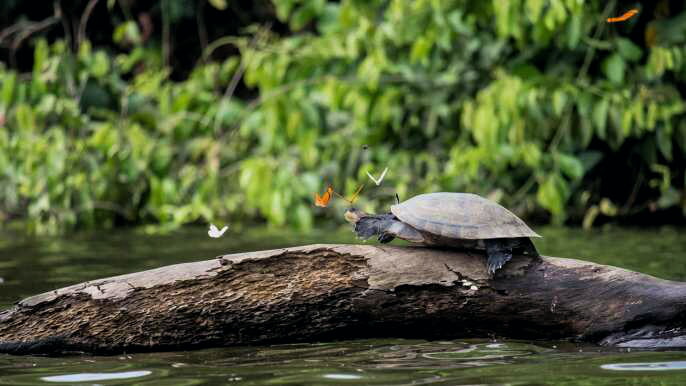Located in the south of Peru, Puno is a large city on the banks of Lake Titicaca. The city is a regional trading hub and is considered the folkloric capital of the country. It is also home to a beautiful cathedral built in Andean baroque style, and it's known for its vibrant festivals.
Lake Titicaca
Located in South America, Lake Titicaca is the world's highest navigable lake. It lies between Peru and Bolivia on the border of the Andes Mountains. It is also the largest freshwater lake in South America, with an altitude of 3810 meters above sea level.
Archaeological evidence shows that people have been living in this area for thousands of years. The lake's waters are home to numerous islands, including Taquile Island. The island is home to some of the best weavers in the country. It offers restaurants that serve grilled trout from the lake. You can also enjoy a weaving demonstration and a wool product sampling.
During the rainy season, the level of the lake rises. It recedes during the dry winter months. The Uros, Taquile, and Amantani Islands are best visited by speedboat.
Floating islands
Floating islands in Puno are a must-see when you visit Peru. These floating islands are inhabited by the Uros people who live in an eco-friendly lifestyle. These islands are made from totora reeds and are located in Lake Titicaca. These islands are a great place to learn about the local culture.
The Uros have been living on these floating islands for centuries. They use totora reeds to make boats, houses, and other items. The reeds are an important part of their culture. They are also an important source of fuel and heat.
The Uros are one of the oldest cultures in the continent. They date back to pre-Inca times. Today, they subsist on fishing, hunting, and selling reed-made handicrafts. They make colourful embroidery and totora crafts. They are also known for their reed boat tours.
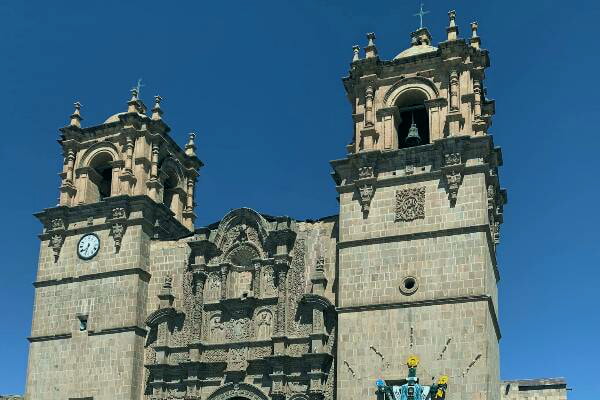
Cerrito Huajsapata
Located on the northern edge of Puno, the Cerrito Huajsapata boasts a 60 meter high obelophy. For the aficionados, it's a worthy addition to a Puno itinerary. The site has its fair share of trolls, but it also has a plethora of perks for those who wish to pay their dues. The site has an excellent vantage point from which to view the city.
The site has a lot to offer, and there's a chance you may never make it to the top of the tallest hill in the city. A good way to navigate its many nooks and crannies is to hire a tour guide. You can find one for as little as US$20. The tour is led by a friendly English speaker, and the price tag is a reasonable chunk of change.
Jose Carlos Mariategui Park
Located in the central part of Puno, Jose Carlos Mariategui Park is a scenic area where you can enjoy social activities. This place has been transformed into a quiet and peaceful space in the city.
The park is located between the Puno Municipal Building and the Iglesia de San Juan Bautista. The park has a few benches to rest and take a break. It also has a beautiful garden. It is easy to get to on foot.
The park also has a small art collection. The museum displays artworks crafted before, during, and after the Incas. The museum is a unique place to visit because each piece is an important part of Peruvian history.
The best part about this park is that it is free to enter. The park is also well maintained, and the grass is soft and green. You can have a relaxing day at the park, or just hang out with friends and family.
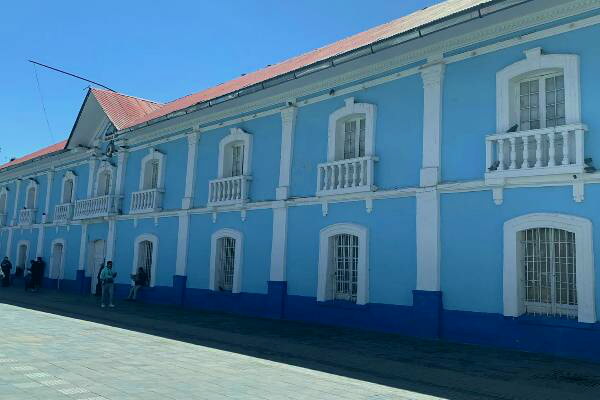
Esteves Island
Located in the Peruvian part of the world's largest lake, Puno is the capital of the Puno department. Aside from its history and culture, Puno is also an exciting destination for outdoor activities such as hiking, mountain biking, and kayaking.
The Puno Cathedral is a Roman Catholic church with a marble altar and two bell towers. Its facade features wooden images of plants and mermaids. It is built in traditional Baroque style. Its interior houses a library and an exhibition hall featuring local artists.
The Puno Coca Museum offers a variety of artifacts and costumes related to the coca plant. Visitors can also watch traditional dances and view a lighthouse. Its onsite restaurant serves hot coca tea and local delicacies.
The Pucara archeological site is 8 acres. It was a sophisticated pre-Inca society that was advanced in engineering and agriculture. The complex features an impressive pyramid of Qalasaya.


